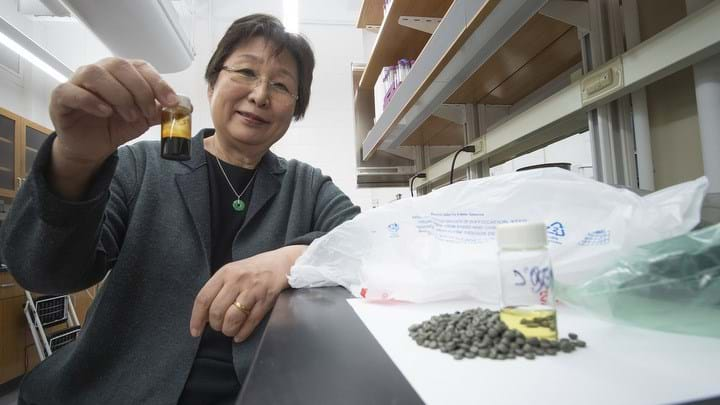A new process for converting plastic waste to fuel

A NEW process has been developed that uses supercritical water to transform polypropylene plastic waste into fuel and other products.
Polypropylene (PP) waste accounts for around 23% of total plastic waste. Landfilling is the cheapest option for dealing with plastic waste. The recycling rate of plastic is low, as not all plastic waste is collected and it is also difficult to economically recycle mixed materials. Mechanical recycling requires energy-intensive washing and drying processes and degrades the quality of polymers so that they can only be used in lower value products. Incineration reduces plastic waste but is more expensive than landfilling and can release environmental pollutants. Pyrolysis can also reduce plastic waste by converting it to oil, but high temperatures of 450–800oC are needed. It also has low oil yields unless catalysts are used and needs to be upgraded before being used a fuel.
“Plastic waste disposal, whether recycled or thrown away, does not mean the end of the story,” said Linda Wang, the Maxine Spencer Nichols Professor in the Davidson School of Chemical Engineering at Purdue University, who led the research on the new plastic-to-fuels method. “These plastics degrade slowly and release toxic microplastics and chemicals into the land and the water. This is a catastrophe, because once these pollutants are in the oceans, they are impossible to retrieve completely.”
Wang and her team used hydrothermal liquefaction, which is a depolymerisation process in a closed reactor with supercritical water, to convert PP to oil. The process doesn’t need a catalyst and can be performed at temperatures of 380–500oC, which is lower than that required by pyrolysis. Pyrolysis has an oil yield of 67–82 wt% without a catalyst, while supercritical water liquefaction (SWL) has a yield of 81–91 wt%. Pyrolysis also produces 1–27 wt% coke/char compared to <1 wt% with SWL.
“Our strategy is to create a driving force for recycling by converting polyolefin waste into a wide range of valuable products, including polymers, naphtha (a mixture of hydrocarbons), or clean fuels,” added Wang. “Our conversion technology has the potential to boost the profits of the recycling industry and shrink the world’s plastic waste stock.”
The experiments were mostly performed with model polypropylene, but the team also tested the SWL process with waste polypropylene and still achieved an oil yield of 90 wt%.
The oil produced with SWL has similar properties to gasoline and could be used as gasoline blendstocks without the need for further upgrading processes. The naphtha could also be used as feedstock to create speciality solvents and other chemicals.
It is also expected that SWL would have a lower process energy input and higher energy efficiency than mechanical recycling, and potentially have 5–16 times lower greenhouse gas emissions compared to incineration, but further analysis needs to be done to fully assess the energy demand of this emerging technology.
Wang and her team are looking for investors or partners to demonstrate the technology at a commercial scale.
Sustainable Chemistry & Engineering http://doi.org/c24r
Recent Editions
Catch up on the latest news, views and jobs from The Chemical Engineer. Below are the four latest issues. View a wider selection of the archive from within the Magazine section of this site.




